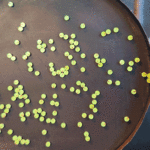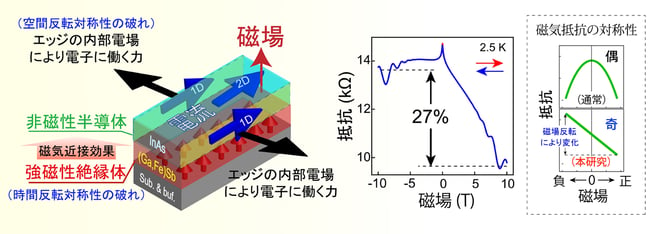ビッグバンから20億年後の宇宙を解明するために、望遠鏡の詳細な画像が役立った Detailed telescope images help scientists learn more about the Universe two billion years after the Big Bang
2022-11-09 ミネソタ大学
これは宇宙の進化の初期段階における超新星を詳細に観測した初めての例で、宇宙が現在の年齢の5分の1以下だった頃の個々の星について詳しく知ることができ、何十億年も前に存在した星が近くの星と異なるかどうかを理解し始めることができる。
ハッブル宇宙望遠鏡のデータと、ミネソタ大学の大型双眼望遠鏡を利用した分光観測により、研究者はこの赤い超巨星の複数の詳細な画像を確認することができた。
宇宙が現在の年齢のほんの一部だったときに、どれくらいの星が爆発していたかを推定した。その結果、これまで考えられていたよりもはるかに多くの超新星が存在していた可能性が高いことがわかった。
<関連情報>
- https://cse.umn.edu/college/news/red-supergiant-supernova-images-reveal-secrets-earlier-universe
- https://www.nature.com/articles/s41586-022-05252-5
赤方偏移3の赤色超新星の衝撃冷却のレンズ画像による観測 Shock cooling of a red-supergiant supernova at redshift 3 in lensed images
Wenlei Chen,Patrick L. Kelly,Masamune Oguri,Thomas J. Broadhurst,Jose M. Diego,Najmeh Emami,Alexei V. Filippenko,Tommaso L. Treu & Adi Zitrin
Nature Published:09 November 2022
DOI:https://doi.org/10.1038/s41586-022-05252-5

Abstract
The core-collapse supernova of a massive star rapidly brightens when a shock, produced following the collapse of its core, reaches the stellar surface. As the shock-heated star subsequently expands and cools, its early-time light curve should have a simple dependence on the size of the progenitor1 and therefore final evolutionary state. Measurements of the radius of the progenitor from early light curves exist for only a small sample of nearby supernovae2,3,4,5,6,7,8,9,10,11,12,13,14, and almost all lack constraining ultraviolet observations within a day of explosion. The several-day time delays and magnifying ability of galaxy-scale gravitational lenses, however, should provide a powerful tool for measuring the early light curves of distant supernovae, and thereby studying massive stellar populations at high redshift. Here we analyse individual rest-frame exposures in the ultraviolet to the optical taken with the Hubble Space Telescope, which simultaneously capture, in three separate gravitationally lensed images, the early phases of a supernova at redshift z ≈ 3 beginning within 5.8 ± 3.1 hours of explosion. The supernova, seen at a lookback time of approximately 11.5 billion years, is strongly lensed by an early-type galaxy in the Abell 370 cluster. We constrain the pre-explosion radius to be 533+154−119 solar radii, consistent with a red supergiant. Highly confined and massive circumstellar material at the same radius can also reproduce the light curve, but because no similar low-redshift examples are known, this is unlikely.



